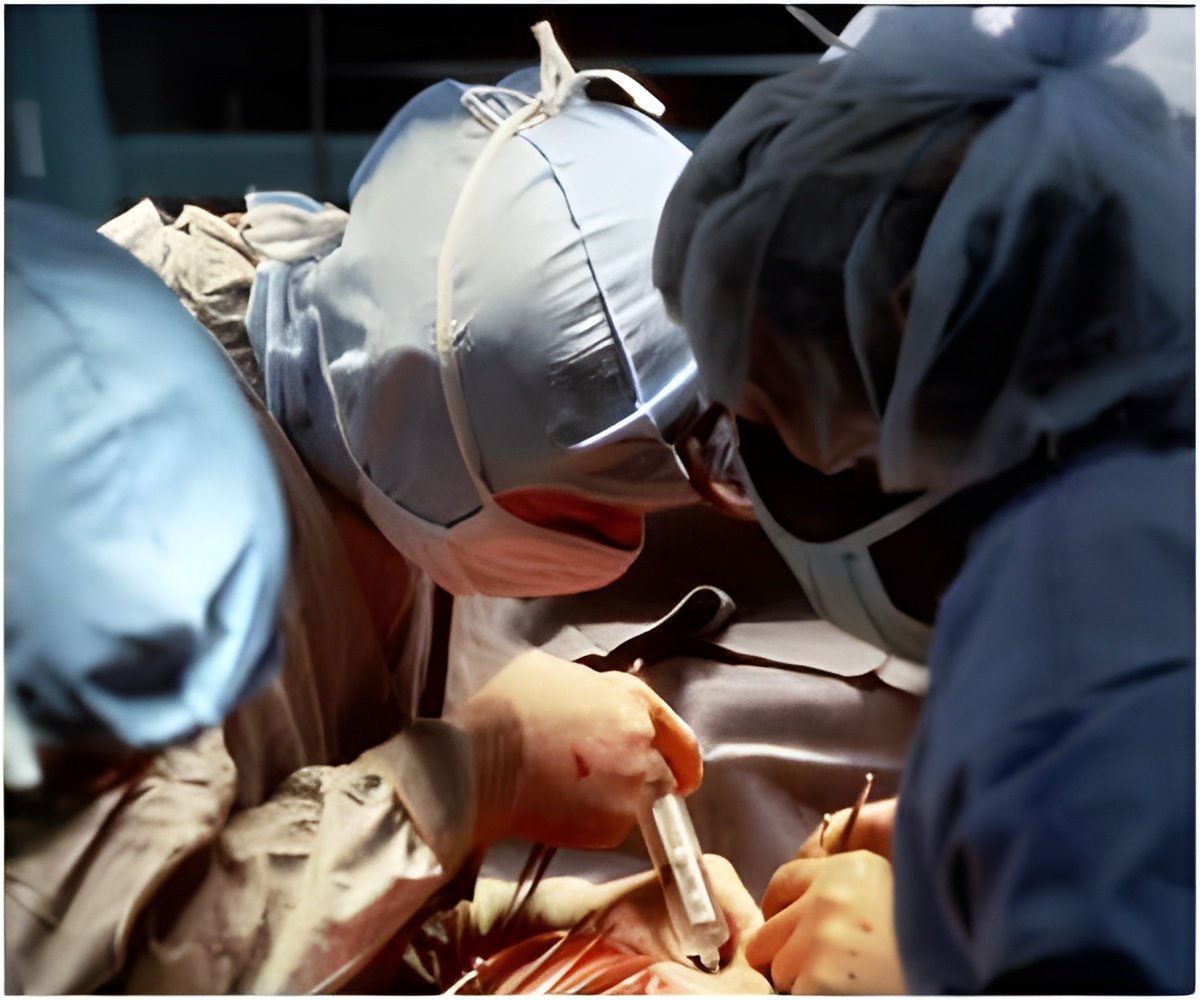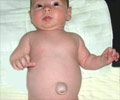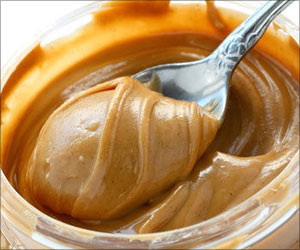A new technique through which pain can be better managed among children who undergo high-risk urology surgeries has been identified by researchers.

The research team evaluated continuous infusion of local anesthesia using the ON-Q pain relief system to improve pain control in children undergoing urological procedures. While the ON-Q system is well-established as an effective pain management technique for adults, this is the first study that evaluates its pain management effectiveness in children.
Study results found that the ON-Q pump system decreased the amount of pain experienced by children on the first and second postoperative days, and that it significantly reduced the need for narcotics. During the study, nurses assessed patients' pain using the Visual Analog Scale (VAS) and the Face, Legs, Activity, Cry, Consolability Scale (FLACC), depending on the child's age, for both the test group and a control group, which received standard-of-care pain management.
The pump delivers the anesthetic in an automatic continuous drip, so patients and their caregivers don't have to worry about adjusting the dosage. It is also contained in a pouch, so kids are able to move freely as they recover. Researchers recommend conducting additional clinical studies to further validate this technique as a superior option for postoperative pain management in children undergoing surgery.
In addition to Dr. Khoury, authors for the research study, "Application of continuous incisional infusion of local anesthetic after major pediatric urological surgery," include Guy Hidas, Hak J. Lee, Blake Watts, Maryellen Pribish, Edwin T. Tan, and Zeev N. Kain —all are affiliated with the departments of urology at both CHOC Children's and the University of California, Irvine.
Advertisement










